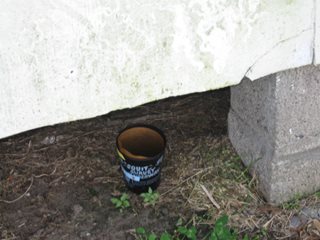Monitoring/Surveillance
A thorough understanding of the basic biology of the pest species and the many factors that influence their density must be understood to effectively implement IPM (Integrated Pest Management) for Mosquito Control. This is a continual process of monitoring, sampling and surveillance to observe changes in the mosquito population density, diversity, ecology, behavior, and arbovirus prevalence.
- Survey – one-time gathering of inspection data to assess a situation
- Surveillance – a continuing process to monitor changes in mosquito populations
- Indicates when control measures are needed
- Monitors effectiveness of these measures
- Pinpoint time and species presence
The aim of vector and pathogen monitoring is to define the spatial and temporal risk of Zika transmission and to guide effective and efficient mosquito control interventions. Mosquito surveillance collections can target any life stage; egg, larvae, pupae, adult. A variety of methods have been developed and used to monitor population abundances of adult Ae. aegypti and Ae. albopictus mosquitoes in sufficient numbers for pathogen pooling and testing.
Mosquitoes
Vector population monitoring throughout Orleans Parish will continue. Efforts in high risk areas with abundant Ae. aegypti and Ae. albopictus populations will be increased.
Monitoring methods

- Ovitrap - small containers, usually plastic and black in color specifically designed to collect the eggs of Aedes aegypti and Ae. albopictus mosquitoes, plastic cups & seed germination paper.
- Container assessments - larvae & pupae collection from field, turkey basters/ pipettes, whirl-pack bags/ lidded containers, buckets for carrying samples, mosquito breeders for rearing in lab
- Calculation of infestation indices (Breteau, container, pupal) – accurate record of containers evaluated, location & numbering system for samples, datasheets, clipboards.
- Risk mapping – ARC GIS support, baseline larval habitat indices, sampling after intervention.
Adult mosquito collections
- Passive - BG Sentinel traps, CO2-baited CDC light traps
- Active: Nasci or Prokopac aspirator vegetation sampling, human landing counts (suspended during high risk periods) Inspectors record the number and species of mosquitoes which land on themselves or a partner inspector in a specific period of time (usually 5 minutes). Care must be used not to use this technique when risk of arboviral transmission is high, but the method offers a quick assessment that can be used to evaluate the proper control strategy and treatment efficacy.
Requests for service from the public
- Service requests can also provide important information for making operational decisions. This is an opportunity to educate residents and to eliminate potential mosquito breeding sites around the home. Location data is recorded so that they can be geo-referenced (mapped) and used to target adulticide and larvicide applications. Standard inspection forms and door hangers are used to inform residents of actions taken in response. A script will be provided to 311 to provide the call agents information on commonly asked questions. However, agents will be instructed to forward all technical calls to NOMTCB at 658-2440. Agents are not to give mosquito control or medical advice.